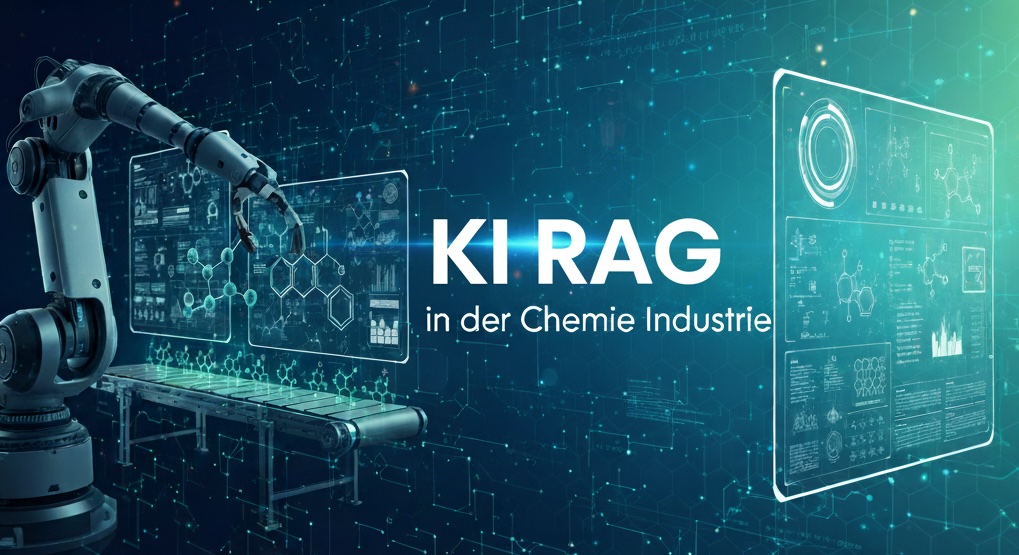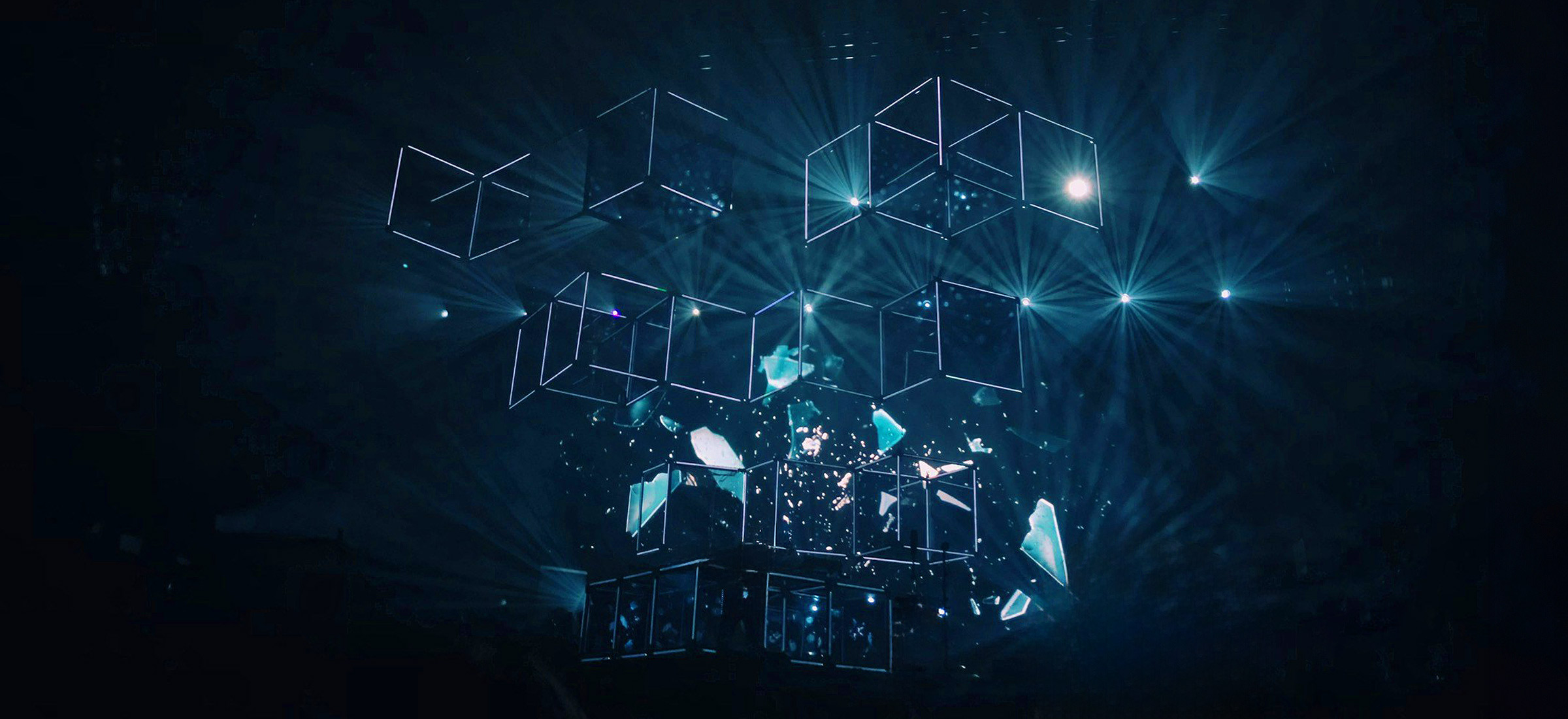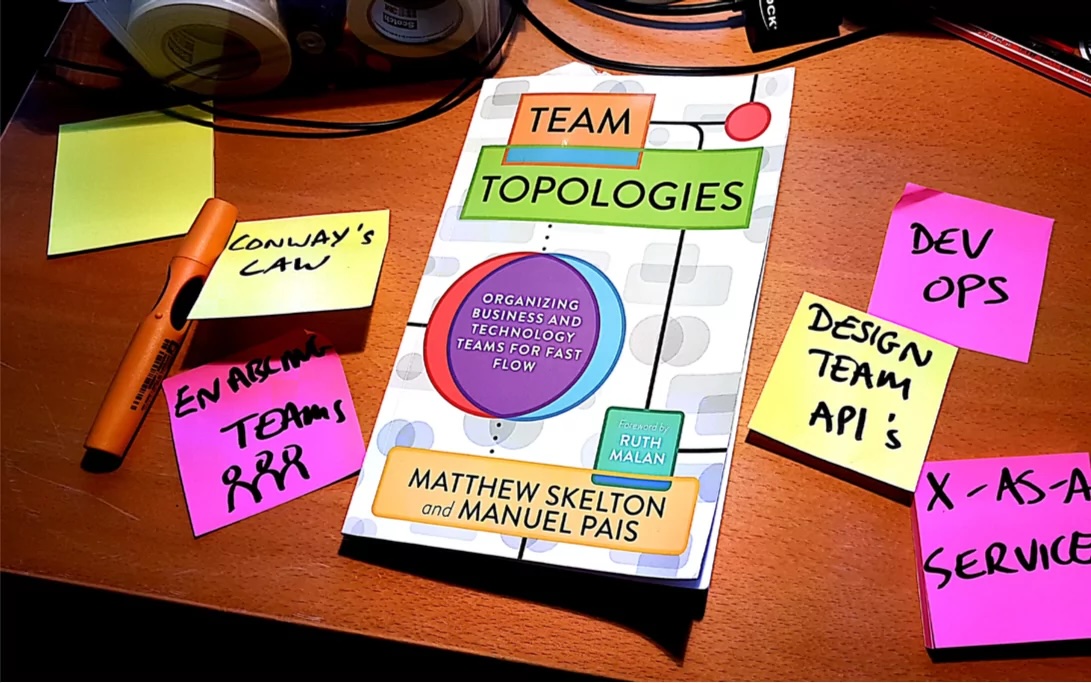In today's digital economy, speed is a crucial competitive factor. Companies must be able to react quickly to market changes, develop new products, and deliver customer value. Yet, all too often, they are slowed down by their own internal structures. Many organizations suffer from what can accurately be described as "communication hellscapes": an impenetrable thicket of dependencies between teams, unclear responsibilities, and endless synchronization meetings. The result is crippling inertia, frustrated employees, and dramatically slowed value creation. Traditional organizational charts, which depict rigid hierarchies, are no help here; they rarely reflect how work actually flows and often cement the silos that need to be overcome.
In response to this challenge, IT consultants Matthew Skelton and Manuel Pais developed the concept of Team Topologies. It is not another rigid framework with strict rules, but a practical, adaptive model and a common language for designing organizations for a fast flow of value. The core idea is that the organizational structure should follow the software architecture – not vice versa. This principle, known as the "Reverse Conway Maneuver," states that an organization should be deliberately designed so that the desired, decoupled system architecture can emerge naturally. Team Topologies provides the tools to put this idea into practice.
Team Topologies introduces a clear and concise classification of teams that goes beyond mere labels. These four types define the purpose and interaction of each team within the ecosystem, helping to clarify responsibilities and manage cognitive load.
Stream-aligned Team The Stream-aligned Team is the heart of the model. It is directly aligned with a continuous flow of work, a "Value Stream," and holds end-to-end responsibility for a product, service, or a complete user journey. The goal is to deliver value to the customer without time-consuming hand-offs to other teams. A typical example would be a team responsible for the entire customer experience on an online marketplace – from product search and shopping cart to the completed purchase.
Enabling Team The Enabling Team consists of specialists whose primary task is to support Stream-aligned Teams in overcoming obstacles and building new capabilities. They act as temporary coaches or mentors. For example, if they have helped a Stream-aligned Team implement robust test automation, they withdraw and move on to the next challenge. Their role is empowerment, not permanent execution.
Complicated Subsystem Team Some parts of a system are so complex that they require deep specialized knowledge, be it in mathematics, complex algorithms, or hardware-close programming. For such cases, there is the Complicated Subsystem Team. This team pools the necessary expert knowledge, thereby relieving the Stream-aligned Teams of the need to delve into this highly specialized domain. An example would be a team that develops and maintains a complex video transcoding engine or a fraud detection algorithm.
Platform Team A Platform Team provides an internal platform as a product that Stream-aligned Teams can use to work faster and more autonomously. This platform abstracts technical complexity and offers standardized, reliable services for tasks such as deployment, monitoring, authentication, or database provisioning. A well-designed platform accelerates value creation instead of creating new dependencies.
These four team types are not isolated building blocks but form an interdependent system. Their true strength only unfolds in their interplay. The effectiveness of a Stream-aligned Team directly depends on the quality and usability of the platform it uses. A lack of Enabling Teams can lead to knowledge gaps that block "fast flow," while the incorrect classification of a team – for example, if a platform team acts like a cumbersome component factory – leads to incorrect interaction patterns and increased cognitive load. Successful implementations, as shown by case studies from Trade Me or Telenet, do not introduce a single team type in isolation but deliberately design the interplay of all types. The danger lies in misunderstanding the topologies as mere labels instead of grasping them as relationship definitions that actively shape the flow of value.
Besides the team types, Team Topologies defines three fundamental modes of interaction. These modes make the nature of collaboration explicit and plannable.
Collaboration In this mode, two teams work closely together for a clearly defined period to jointly discover or develop something new, such as a new API, a new technology, or a solution to a complex problem. This interaction is intensive and requires high bandwidth of communication but is temporary by nature.
X-as-a-Service (Service Consumption) This is the most common interaction mode with a Platform Team. One team consumes a service provided by another team with minimal direct interaction. This requires a clear, well-documented interface (the "Team API") and high reliability of the provided service.
Facilitation (Support) In the Facilitation mode, one team (typically an Enabling Team) helps another team overcome a specific obstacle or learn a new skill. The goal is to empower the other team so that it can continue to work autonomously afterward.
These interaction modes are not static; rather, they form an evolutionary mechanism that enables organizational adaptability. A team relationship might begin as intensive Collaboration to define a new platform feature. Once this feature is mature and stable, the interaction can transition into the more efficient X-as-a-Service mode. If the consuming team later experiences difficulties in using it, a temporary Facilitation mode can be initiated to provide support. This ability to consciously switch between modes depending on the context is a fundamental difference from rigid process frameworks and the real key to the agility enabled by Team Topologies. Case studies show that successful organizations dynamically adapt their interactions, depending on the maturity level of the systems and teams involved.
Perhaps the most important concept that Team Topologies places at the center of organizational design is Cognitive Load. It describes the total mental effort a team must expend to do its work – from the complexity of the domain to the technologies to be operated and internal processes.
An excessively high cognitive load is the enemy of fast value flow. It inevitably leads to errors, slowed delivery, declining motivation, and ultimately burnout. Teams that are overloaded with too many dependencies, unclear responsibilities, or an overwhelming number of complex systems cannot work effectively.
The four team topologies are explicitly designed to minimize the cognitive load for the value-creating Stream-aligned Teams. Complexity is deliberately offloaded to Platform or Complicated Subsystem Teams, while Enabling Teams specifically help to close knowledge gaps and expand team capabilities. Cognitive load thus becomes a compass for organizational design: If a Stream-aligned Team is overloaded, it is a clear signal that either a part of its domain needs to be outsourced to a subsystem, a platform solution is required, or support from an Enabling Team is necessary.
The effectiveness of the Team Topologies approach is demonstrated by numerous case studies from various industries.
Case Study 1: Trade Me - The "Thinnest Viable Platform" (TVP) The New Zealand online trading company Trade Me faced the problem that an old monolith was slowing down innovation. The transition to microservices solved the problem of code dependencies but increased the cognitive load of developers, who now had to take care of operations, security, and infrastructure themselves. Inspired by Team Topologies, they introduced a "Thinnest Viable Platform" (TVP) – a deliberately lean internal platform designed as a product for their own developers. The result was impressive: the time to deploy a simple "Hello World" service dropped from three weeks to just one day. Crucial was the shift in focus from mere outputs (features) to the outcome: the noticeable reduction in developers' cognitive load.
Case Study 2: Telenet - Enterprise-wide Agile Transformation The Belgian telecommunications provider Telenet had already introduced agile methods modeled after the "Spotify Model" but reached its limits. Structural friction within the organization prevented true business agility. The solution was a comprehensive redesign of the entire operating model, based on the principles of Team Topologies. By empowering teams and optimizing the flow of value, they succeeded in resolving structural blockages and increasing agility throughout the company.
Case Study 3: Docker - Reorganization and Scaling After a strategic realignment, Docker had to rebuild its product development organization to grow quickly. The company consistently designed its structure according to the concepts of Team Topologies. This step was a key factor in the company's rapid turnaround, leading to an annual recurring revenue (ARR) of $50 million and a quadrupling in the previous fiscal year.
Team Topologies is not a one-time reorganization project but a model for a continuous, evolutionary process. It provides a language and patterns to consciously design and adapt team collaboration. The interaction modes act as "organizational sensors" that signal friction points and problems early on. This allows the organization to adjust its structures before small obstacles become serious blockages.
The ultimate goal is the creation of a humane yet highly effective organization that enables a fast flow of value without burning out its employees. In a world where adaptability determines success, Team Topologies offers an indispensable blueprint for the organization of the future.
Insights from our Blog

Why standard AI systems fail in regulated markets and how a REACH-compliant RAG architecture provides the solution.
Intelligent Compliance: AI as a Strategic Imperative for the Chemie Industry
In industries where errors can cost millions, AI hallucinations are unacceptable. Discover how a purpose-built RAG system mitigates regulatory risks, ensures compliance with complex regulations like REACH, and turns compliance into a strategic competitive

Legacy Modernization: The Strategic Path
Transform with Kafka & Debezium, minimize risk.
Outdated IT systems represent a growing liability, hindering agility and blocking innovation. This article presents a proven, incremental approach to modernization. Discover how to renew your core systems step-by-step, minimizing risks and future-proofing

How centralized decision-making shapes organizations and where it falls short
Beyond Command and Control: Leadership by Design
Command and Control emphasizes strict hierarchies and streamlined authority. But in today’s fast-paced world, can this model still deliver – or is it a rigid approach in need of rethinking?

The four team types and interaction modes that power modern IT organizations
Team Topologies: Structuring Teams for Success
Team Topologies helps organizations design their teams for clarity, speed, and collaboration. Learn how strategic team structures can reduce friction and accelerate delivery.

Systemantics: When Systems Go Wrong
What complex systems teach us about failure, dysfunction, and unexpected behavior
Systems don’t always do what they’re designed to – they do what they can. In “Systemantics,” John Gall unpacks why systems fail, often in surprising ways. A thought-provoking look at complexity in action.
Let’s Make Things Happen